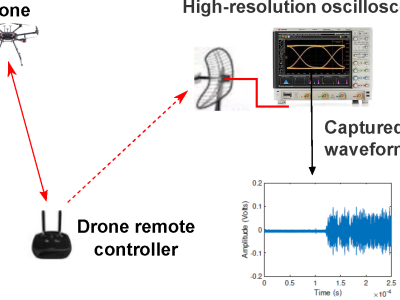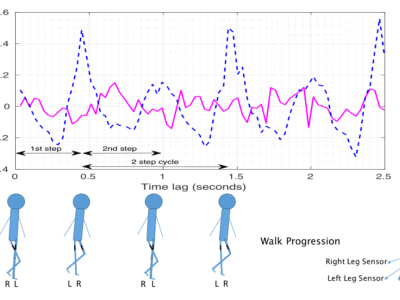conformal fabrication of heat flux sensor

- Citation Author(s):
-
Zhenyin Hai
- Submitted by:
- Zhenyin Hai
- Last updated:
- DOI:
- 10.21227/teqf-kj40
 16 views
16 views
- Categories:
- Keywords:
Abstract
Real-time monitoring of heat flux changes in hot-end components in harsh environments is of great significance for safe operation and thermal protection design. Although many high-performance heat flux sensors have been developed on planar by technologies such as MEMS, their inherent planar properties make it difficult to satisfy the characteristics of curved surfaces on real objects. By combining a conformal direct ink writing system and the excellent high temperature performance of polymer-derived ceramics (PDCs), we have successfully fabricated a Wheatstone bridge-type conformal thin film heat flux sensor (CTFHFS) on a curved alumina for the first time. Additionally, the particle size distribution and rheological properties were characterized to guarantee the stability and processability of the ceramic slurry. The CTFHFS was calibrated with a sensitivity of 2875 μV/(kW/m2) by a laser calibration platform at heat fluxes up to 87.05 kW/m2. Both subsequent rounds of heat flux testing showed good repeatability and stability. Steady state error in long-term stability testing was less than 3%/min with a response time of 1.023 s. In addition, combustion experiments on the CTFHFS were conducted by using a flame gun to simulate gas environments such as the surface of aero-engine turbine blades. The results showed excellent response performance in dynamic tests up to 715 °C and steady state tests at 712 °C. Therefore, the CTFHFS in this study provided a potential methodology for enabling conformal manufacturing of thin film sensors on actual objects, as well as contributing to the advancement of PDCs films into practical applications.







